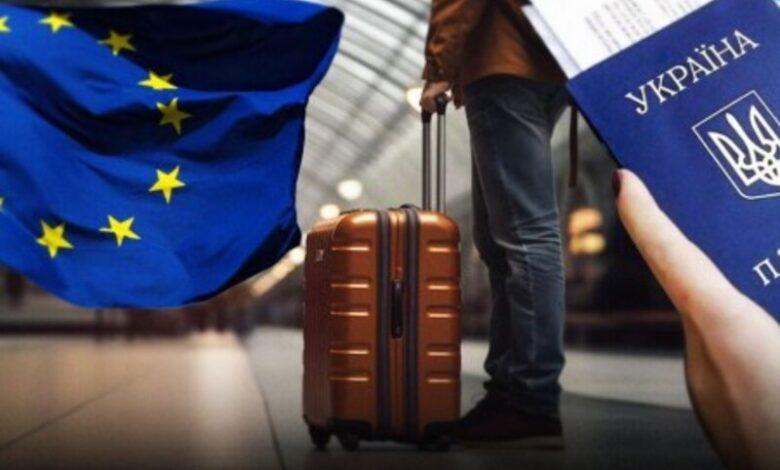How the situation with Ukrainian refugees in the EU has changed in 2025

For more than three years, millions of Ukrainians have been forced to seek safe haven outside their homeland. The war, which has been ongoing since 2022, has forever changed the lives of many Ukrainian families. They left their homes, left their usual lives and went into the unknown, seeking protection in the countries of the European Union. During this time, many of them went through a difficult path of adaptation, learning a language, finding a job and a new home. Others are still looking for their place in a foreign country.
However, the situation with refugees in Europe is constantly changing. Some return home, some continue their lives abroad, and others move in search of better conditions for life and work. In 2025, the situation with the number of Ukrainian refugees in the EU countries underwent another change.
Dynamics of changes in the number of refugees in 2025
According to Eurostat, in January 2025, 25,530 Ukrainian refugees received temporary protection in the countries of the European Union. In total, there are currently about 4.3 million Ukrainians in the EU who were forced to leave their homes due to the war.
The largest increase in the number of refugees was recorded in Germany (+8,800), the Czech Republic (+6,360) and Spain (+3,050). These countries continue to be among the most popular destinations for Ukrainians seeking safe haven. Germany, in particular, attracts Ukrainians with a developed labor market, opportunities for integration and training.
At the same time, the number of recipients of temporary protection decreased in some EU countries, such as Denmark (-2,245), France (-660), Austria (-420) and Lithuania (-155). The reasons for this are different — from the return of some refugees to Ukraine to moving to other European countries in search of better living conditions.
Photo: ec.europa.eu
Social portrait of Ukrainian refugees
As of the end of January 2025, more than 98.4% of beneficiaries of temporary protection in the EU are citizens of Ukraine. Of these, 44.8% are adult women, 31.8% are children, and 23.4% are adult men. This distribution is due to the features of the military state, because the majority of men of conscription age remain in Ukraine.
Despite a certain expectation that a part of Ukrainian migrants will return home, there is a tendency towards a longer stay abroad. According to forecasts, another 200,000 people are expected to leave this year. The reasons for this are not only the continuation of the war, but also the adaptation of Ukrainians abroad, which makes it difficult for them to return home. According to Ella Libanova, director of the Institute of Demography and Quality of Life Problems, adaptation of Ukrainians, particularly in Germany, is one of the reasons why many remain abroad.
Germany is one of the main destinations for Ukrainian refugees. Integration programs are actively implemented here: compulsory study of the German language, access to the labor market, social programs. Despite this, it will be difficult to return Ukrainians who have adapted to this country. From the end of 2022, more and more Ukrainians from Poland are moving to Germany in search of better employment opportunities.
Great Britain, in turn, simplified visa rules for Ukrainian children, which made it easier to enter the country and access educational services. This is another example of how European countries are trying to create conditions for the support and integration of Ukrainian refugees.
Leaving a large number of Ukrainian citizens abroad has its own social and economic consequences for Ukraine. There is already a shortage of personnel due to the fact that part of the working population remains abroad. This is a cause for concern, as the long-term stay of Ukrainians in the EU may affect the labor market and the demographic situation in Ukraine.
The situation with Ukrainian refugees in the EU in 2025 remains complex and dynamic. On the one hand, European countries continue to provide support, creating conditions for living, learning and integration. On the other hand, the adaptation of Ukrainians abroad reduces the probability of their return, which affects the situation inside Ukraine.
It is important for Ukraine to maintain contact with its citizens abroad, create conditions for their return, develop reintegration programs and stimulate their return to their homeland. At the same time, it is important to provide support for those who choose to stay abroad while maintaining their cultural and linguistic identity.





